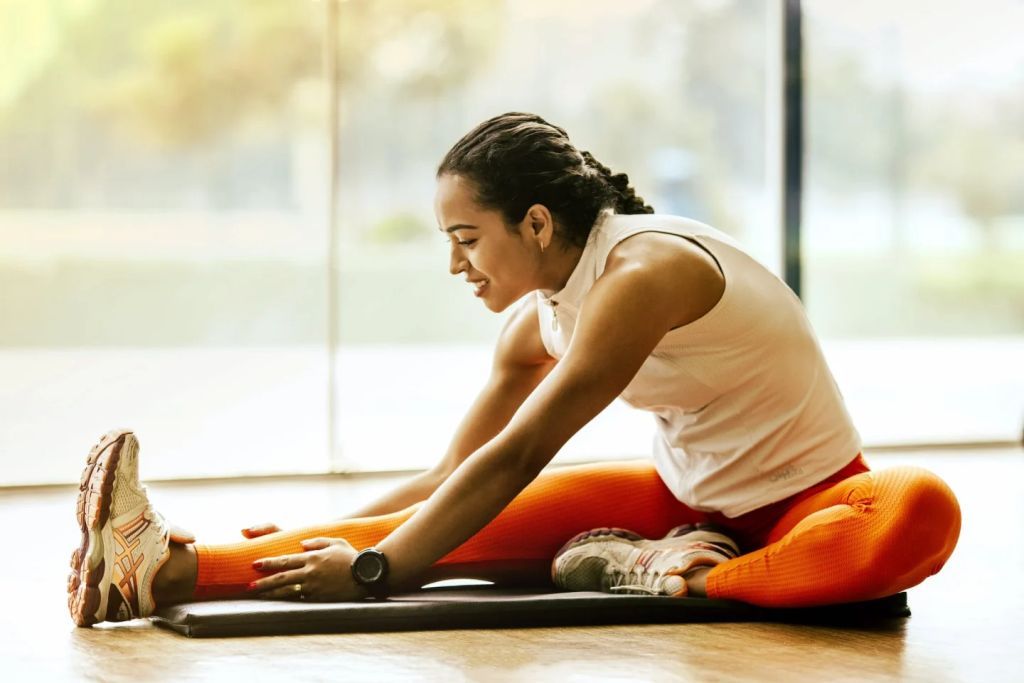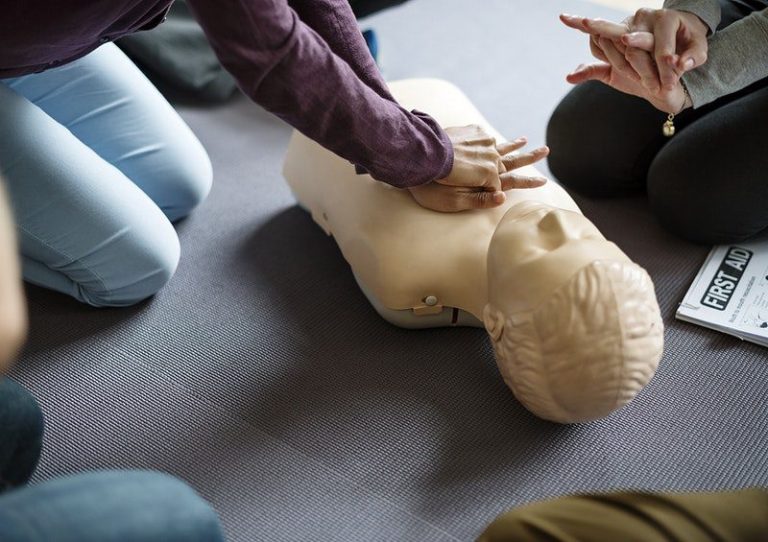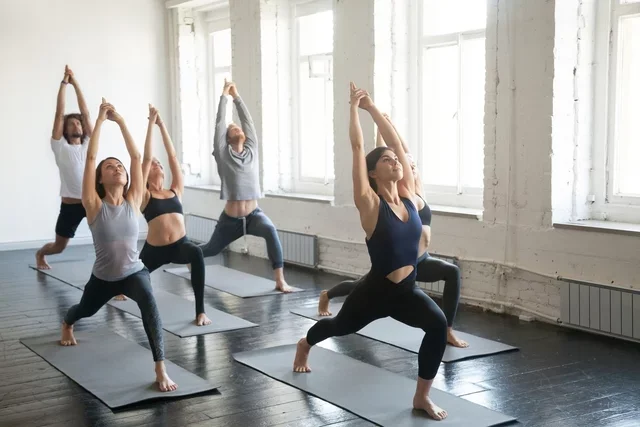Exercise guide for people with muscular dystrophy
Children with muscular dystrophy experience severe muscle weakness. Hip flexor contractures usually interfere with movement.
The earliest signs you may notice are that your child may not be able to walk or crawl properly, and their legs, spine, and head may lack strength. They cannot keep their heads in one place; thus, they do not prefer to sit.
Gradually, muscle weakness increases, and by the age of 12 children become wheelchair users. Nowadays, medical science has advanced, which increases the life expectancy of people with MD and DMD. One of the main factors helping such patients is exercise.
In addition to medication, exercise can help strengthen muscles, improve flexibility, and minimize the chance of obesity.
Flexibility
People with MD and DMD should focus on increasing their flexibility through exercise. This is because a flexible body helps in joint movement and prevents contractures, thus minimizing injury. Health experts suggest that Duchenne muscular dystrophy patients should incorporate regular stretching into their daily routine. This is also part of the treatment plan.
Here are some of the stretching exercises:
- Supination forearm stretch: to strengthen the muscles of the forearm and wrist
- gastrocnemius Stretching: to support the muscles of the foot and calf muscles.
- Hamstring stretch: strengthens the muscles of the lower body
- Neck extensor: Strengthen the health of the skull
Similarly, several other stretches help develop flexibility and strengthen joints. You can consult with specialists to create a personalized schedule based on individual health conditions for the best results.
Aerobic Exercise
Aerobics increases heart rate; thus, every DMD patient should include it in their daily routine. Although it may not be as effective in DMD patients due to various limitations, it does improve heart and lung function. Make sure the person with DMD can talk while doing aerobic exercise. If not, then they are too out of breath; thus, it is necessary to reduce their intensity.
Each person will have their own schedule depending on the state of their health and endurance. The basic aerobic exercise program includes the following:
- Swimming: generally muscle development
- Fast walk: to build lower body muscles and strengthen joints
- Dancing: a simple and pleasant way to increase body mobility
- Ride a bicycle: Holistic development of muscles, joints, ligaments, etc.
Ideally, it would be helpful if you did 20 minutes of aerobic exercise daily, but your health care provider can help you establish a decent routine. For example, they might suggest a low-intensity workout for 15 minutes twice a day.
muscle strength
MD is a medical problem that directly affects muscle strength. Because it is a progressive disease, it continues to hinder muscle growth. Therefore, it is extremely important to mainly work on building muscle strength. It helps improve posture, comfort and independence.
Some muscle building exercises can be:
- Yoga: special pranayama to increase muscle strength, e.g. sun salutation
- Resistance group: Practically affects weak ligaments and improves strength in body parts
- Body weight: improves muscle and joint strength
bottom line
There is not one, but many exercises that target different parts of the body and increase their strength. You can see what works best for you when you do different workout styles like aerobics, strength training, stretching and more. Some may enjoy swimming more than weight training, so professionals schedule their swimming training accordingly.







